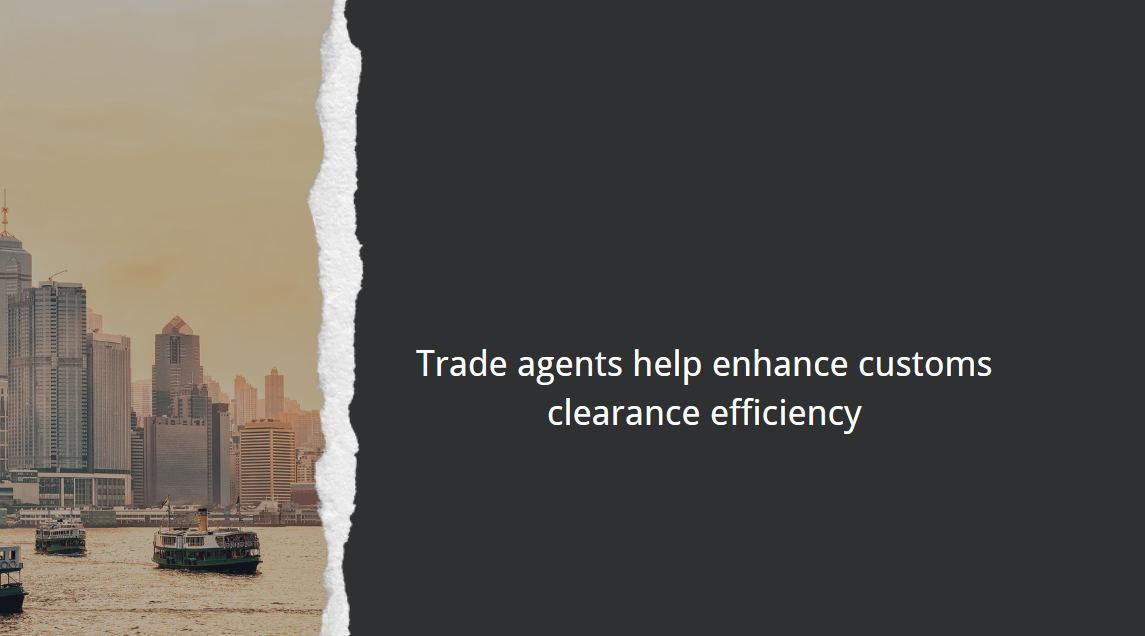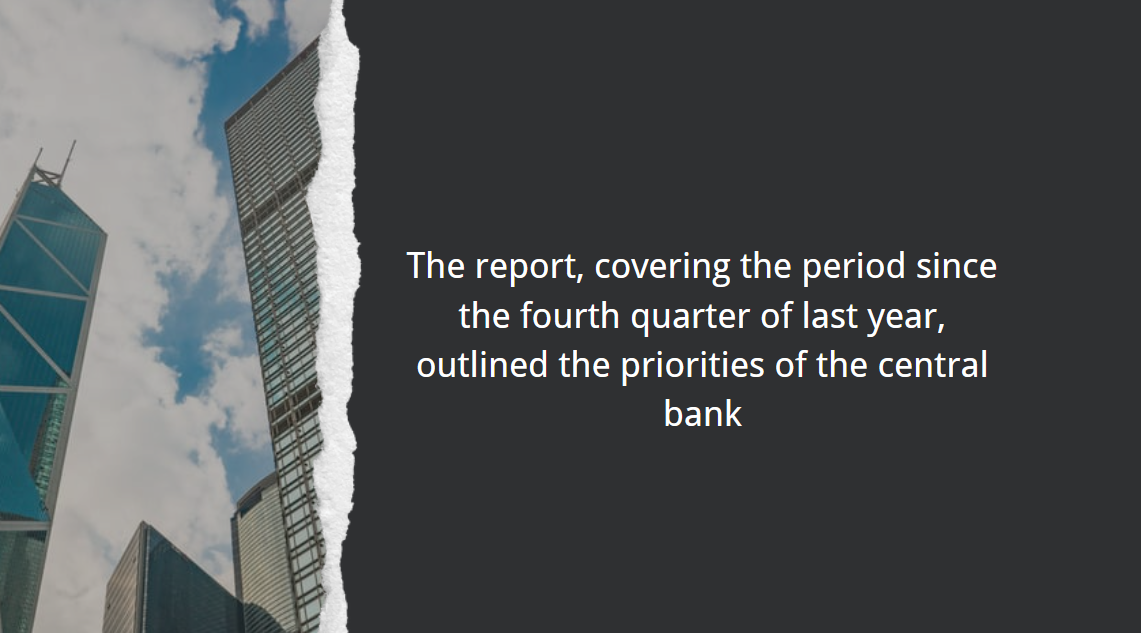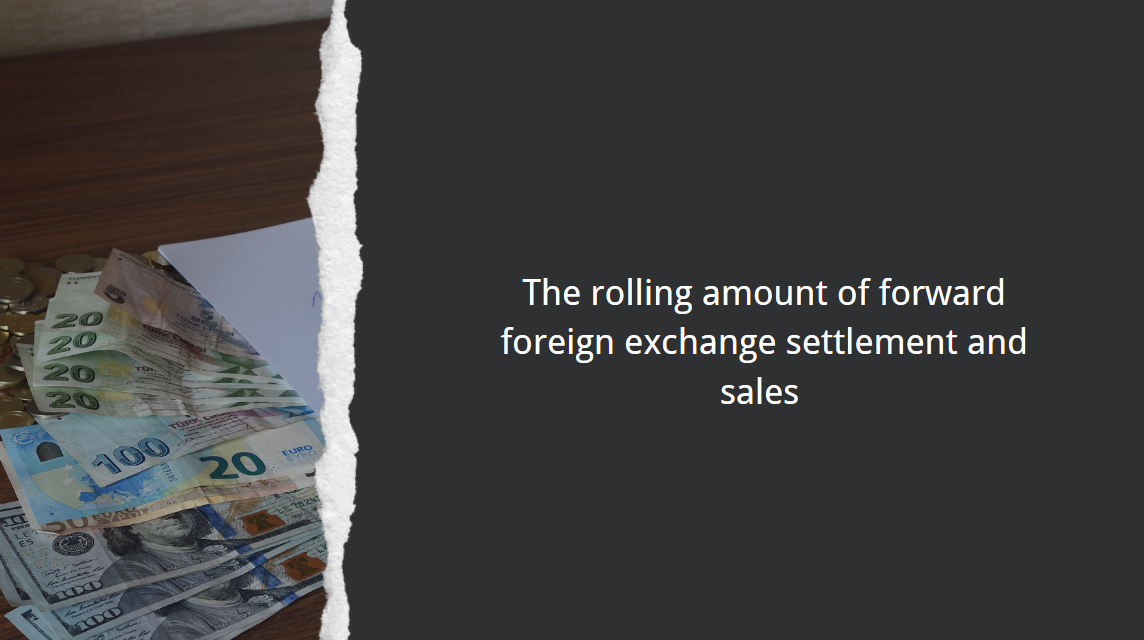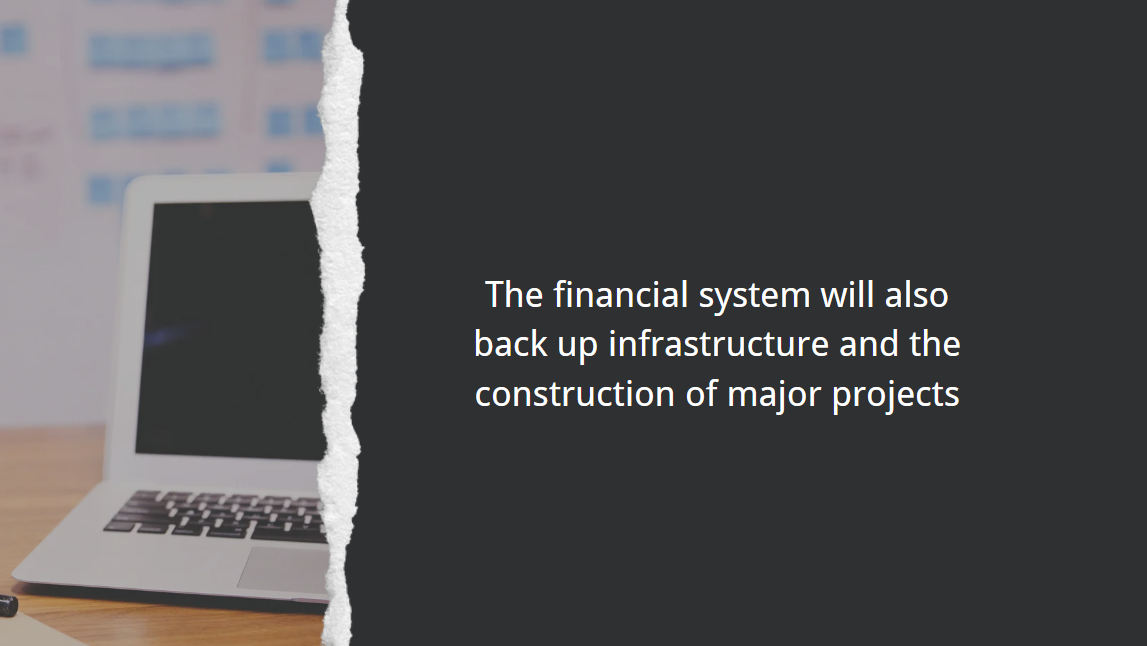The changing financial system
Introduction
Thank you very much for giving me the chance to speak here today. I am sorry I cannot be with you in person. But thanks to technology, I can still deliver my speech. I would like to begin by saying that all of us who work in the financial system have a number of very exciting, but also challenging, years ahead of us.
Emerging technologies change preferences and enable new possibilities. With that come many hard choices. In my speech today, I will aim to give you a picture of what the future could look like. You don't have to agree with my observations and conclusions, but make sure you look ahead because there are powerful changes at play.
From tangible to intangible
The first financial assets were also physical assets: gold or silver coins, precious stones. Then they began to dematerialise. Gold became cash, first guaranteed by gold, then no longer. Debt became bonds. Ownership was organised as deeds and shares.
In my office at the BIS, I have a participating debenture from the Swedish conglomerate Kreuger and Toll, issued in 1928 (see slide 1). The holder of the paper owned the asset. The owner of that debenture, who is unknown, cut out five coupons, one a year, and collected the interest represented by them. But then, one of the more major financial crashes in Swedish history occurred, making the debenture practically worthless. History calls it the Kreuger crash.
Most of us are of an age where our first meeting with a financial asset was probably in physical form: tooth fairy money, pocket money from a parent, some bills from grandparents on our birthday. This is a picture of my very first share (see slide 2).
A Christmas gift from my dad in the mid-1980s. But we are also probably the last generation to have that relationship with financial assets, in which they are something physical.
We are entering a world where nothing we own, or for that matter owe, is on paper. It sits in accounts, databases, perhaps the cloud. Most of us carry very little or no cash anymore. Instead, we keep our money in a bank account ready to be used with cards, apps and smartwatches. We are also probably the last generation to go to a bank branch regularly.
Don't get me wrong, I am a great fan of progress and modernisation. What I am emphasising is that going from the tangible to the intangible raises the level of abstraction in the relationship between people and their financial assets.
And so it becomes ever more important that those of us working in this sector strive to ensure that public trust in the financial system is preserved.
Evolution of the financial sector
For a long time, the financial system was based on two well known parts: the public and the private sector.
The public sector is, of course, first and foremost in charge of providing money for the economy. It is also responsible for regulating and supervising financial sector actors. And it has often been engaged in operating critical financial infrastructure, sometimes owning it. As we know, central banks originated from settlement organisations.
The private sector, in the form of banks, insurers, asset managers etc, had the broad task of allocating credit to the economy and handling all interactions with customers.
Now, things have become a bit more complicated, especially in the private sector.
Users increasingly expect financial services to be available 24/7, like other digital services. Also, households and small business are making more cross-border transactions, whether for tourism or e-commerce. While they lack the scale of multinationals, governments and banks, they rightly expect faster and cheaper services too.
And, on the supply side, there are also important structural changes. Big tech and fintech companies are challenging the established companies, and the crypto/DeFi cluster aims to scale their services too.
We usually think it is a positive thing when competition and innovation shake up economic sectors that might have grown complacent. But now we are talking about vital public goods, essential for the proper functioning of every society.
So, for those of us who believe that the fiat money system is still the best version of money there is, here's an alert: a shake-up is coming. We need to stay ahead of developments and be ready to update our structures and ultimately the services that are offered to households and companies.
And this is where the BIS Innovation Hub comes in and aims to make a contribution.
BIS Innovation Hub history and purpose
The BIS Innovation Hub was set up in 2019 as a platform for collaboration between central banks. We build technological products to address particular problems in the functioning of the global financial system.
In about four years of existence, the Innovation Hub has progressed work on 29 different projects. I like to think about them in terms of themes.
Improving retail payments
The first theme is the aim to improve payment services for individuals. Our projects in this space are developing tools to deliver faster, cheaper and more transparent cross-border payments.
There are two ways to achieve that: by improving what exists, and by creating something new. In the first case, the Innovation Hub is developing Project Nexus, a platform for interconnecting national fast payment systems. There are 64 of those around the world. Trying to interconnect them individually would require a maze of over 1,700 bilateral connections. Nexus proposes a single hub for any country to plug their system into, by adopting certain technical and governance requirements – similar to how internet protocols work.
Other ongoing experiments are looking at what can be achieved for cross-border payments using new systems involving wholesale and retail central bank digital currencies, and in open finance.
Safeguarding the system
The second theme is safeguarding the financial system. We have a number of projects that are looking into using technology to improve detection of financial crime, to strengthen cyber security and to create new and improved tools for supervisors and regulators.
To give some examples, we are working on a data-driven approach to combating money laundering across firms and across borders. Other projects are developing tools for monitoring financial markets in real time.
Pyxtrial, a new project in our London Centre, aims to develop a platform to help central banks systematically monitor stablecoin's balance sheets. Meanwhile, Project Atlas, from the Eurosystem Centre, aims to help central banks understand the macroeconomic relevance of crypto cross-border flows.
Improving the system
The third theme includes projects that simply aim to provide better services to society. Under this theme, we are exploring improvements in areas like green finance.
Resolving the world's climate emergency requires innovation in all areas, finance included. Some of our projects are working on improving the availability and analysis of climate-related data. Another project is developing a platform to allow the trading of green bonds aimed at financing, say, a new wind turbine farm.
This is just a small sample of the types of things we are working on at the BIS Innovation Hub.
What may come next?
Next, I want to take you into the future.
Today, even though we have electronic record-keeping, transactions across assets, banks and jurisdictions are in too many cases still complicated, risky, cumbersome and expensive. I am fully aware there is a lot of great work being done to make improvements in a number of different areas. As I said before, we can always try to improve what we have – but there are moments when a shift in paradigm is needed.
If I could use an analogy, one can keep a 20-year-old car in mint condition. But you won't be able to instal lane detection systems or those sensors that brake the car alone. If you want that, or if you want to switch to electric, you need a new vehicle.
At the BIS, we believe that, under the right conditions, the next big paradigm shift will be in tokenisation.

The potential of tokenisation
I like to think about tokenisation as something more than just a digital representation of money and/or assets.
Tokenisation can bring several parts of the system together, integrating the records of ownership of an asset normally found in a traditional database, for example a land or share registry, with the rules and logic that can govern transfers of that asset. By doing so, tokenisation introduces two important capabilities.
First, it enables the contingent performance of actions. Second, it enables composability, where multiple actions can be bundled together into one executable package. What is today a multi-step process involving messaging, reconciliation and settlement can occur in one seamless operation. This not only saves time and resources, but also improves risk-sharing by resolving information problems.
Take supply chain financing as an example. Buyers and suppliers operate under different incentives.
Imagine you are a supplier of a certain good and you have an order from a buyer. But before you can deliver, you need working capital to buy materials from your suppliers and to pay workers and the electricity bill.
Ideally, the buyer would pay you in advance. But buyers usually prefer to pay only when they receive the shipment.
One option is to get a bank loan. But if you are a small company, perhaps located in another country, the bank might worry about your creditworthiness and either refuse to lend or charge higher rates.
Pledging the receivable from the buyer is not a perfect solution. The bank may still worry about the possibility of fake invoices or fear you may pledge the same receivable to several lenders.
A related problem is the lack of transparency among all the interested parties about where the goods are and in what condition. Goods can be in transit for weeks or months.
Tokenisation could help to resolve this conundrum with its ability to execute actions that are contingent on certain conditions. For example, the bank could extend a loan using a smart contract that releases additional funds or lowers the interest rate according to GPS data showing that a ship in which the goods are being transported is approaching the destination and, thus, the cargo is closer to reaching the buyer.
The unified ledger
The blueprint for the future unveiled by the BIS imagines a future where tokenised claims on financial and real assets brought together with central bank digital currencies and tokenised deposits to form a new type of financial market infrastructure – a "unified ledger".
A unified ledger would mean central bank money would exist in the same environment as commercial money (like deposits) as well as other assets and claims, and could serve as the settlement asset across all of them. It could support simultaneous and instantaneous settlement. Credit risk would be vastly reduced.
And by having "everything in one place", the unified ledger would be the platform in which a huge array of contingent actions could be programmed across systems. Automatic execution of contingent actions can go a long way to overcome information and incentive problems like those we see in supply chain financing.
A unified ledger can open the way for entirely new types of economic arrangements that are impossible today. What those new types of economic arrangement are will be limited only by developers' imagination.
Obviously, this is a still a thought piece only. A lot of experimenting will have to take place. Collaboration with the private sector on how to design these ledgers, within, and even across, jurisdictions, is a bit of a herculean task. But still, as I pointed out earlier, societies expect progress in the world of financial services, and we who work there should be ambitious.
Conclusion
I will conclude with a quote that I rather like, by English travel writer H V Morton: "Don't let the train of enthusiasm run through the station so fast that people can't get on board."
This is something we are conscious of at the BIS Innovation Hub. Our research and innovation projects set out the art of the possible. But ultimately it is up to others to decide not only which trains to board but which tracks to lay.
At the BIS, we see a bright and exciting future of innovation and change in the financial sector. You have all chosen to work in the right business.
Thank you very much!






















































First, please LoginComment After ~